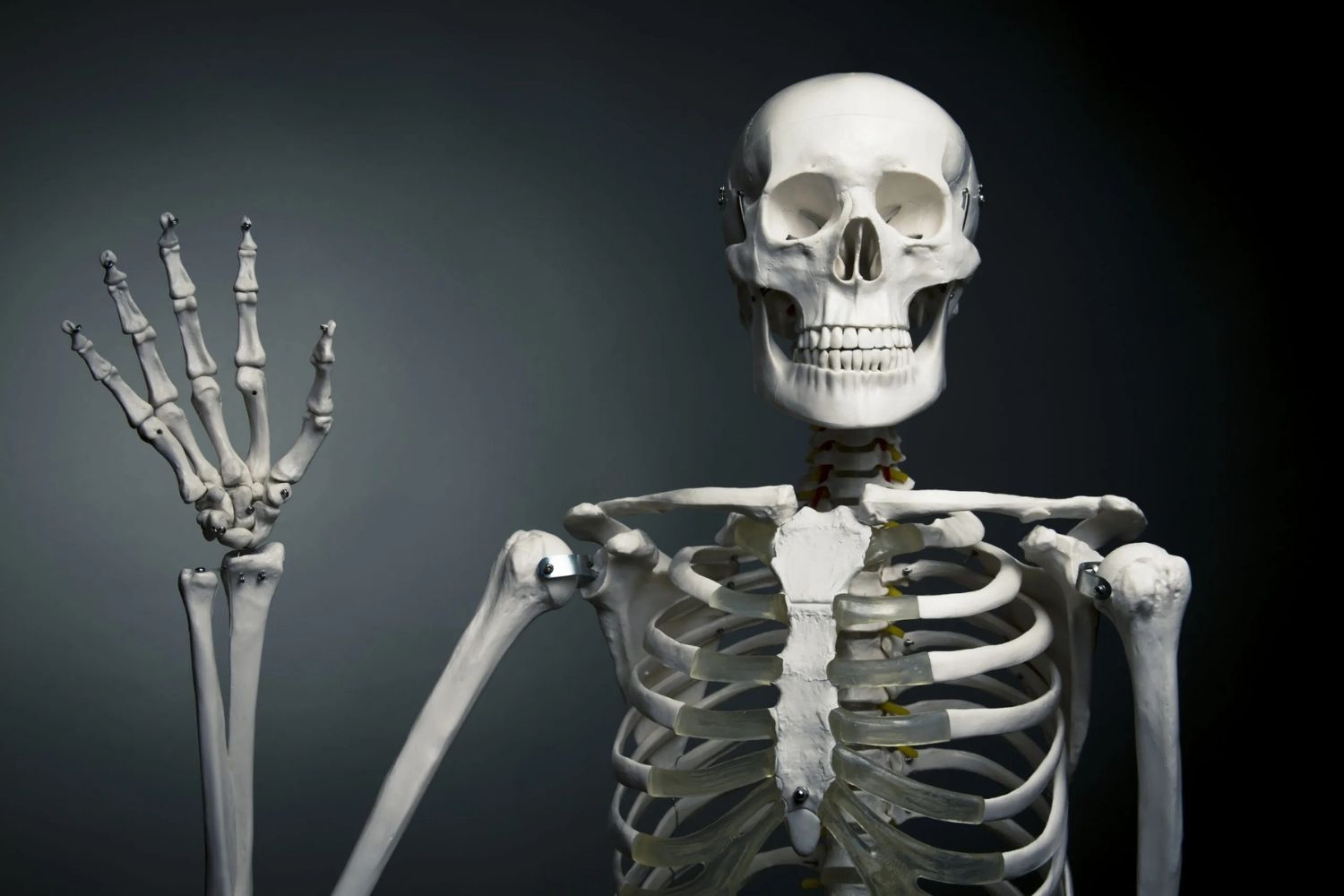
Did you know that human bones are more than just the framework of our bodies? They play crucial roles in movement, protection, and even blood production. Human bones are fascinating structures with unique characteristics that might surprise you. For instance, did you know that babies are born with about 270 bones, but adults have only 206? This happens because some bones fuse together as we grow. Bones are also incredibly strong—ounce for ounce, they are stronger than steel. Human bones constantly renew themselves, with a complete skeletal turnover happening roughly every ten years. Dive into these 18 amazing facts to learn more about the incredible world of our skeletal system!
Key Takeaways:
- Human bones are a dynamic mix of water, collagen, and calcium phosphate, providing strength and flexibility to support our bodies. They grow and change from infancy to adulthood, with the longest bone being the femur and the smallest bone in the middle ear.
- Keeping our bones healthy is crucial for overall well-being. Weight-bearing exercises, calcium, and vitamin D are essential for bone health. Bones have unique features, such as regenerating without leaving a scar and producing blood cells in the bone marrow.
Human Bones: The Framework of Our Bodies
Human bones are fascinating structures that provide support, protection, and movement. They are more than just rigid frameworks; they are dynamic and complex. Here are some intriguing facts about human bones that highlight their importance and uniqueness.
The Composition and Structure of Bones
Bones are made up of various materials that give them strength and flexibility. Let's dive into what makes up these incredible structures.
- Bones are composed of 50% water and 50% solid matter, including collagen and calcium phosphate.
- Collagen, a protein, provides bones with flexibility, while calcium phosphate gives them strength and hardness.
- The human skeleton is divided into two parts: the axial skeleton (80 bones) and the appendicular skeleton (126 bones).
Growth and Development of Bones
Bones grow and change throughout our lives. From infancy to adulthood, they undergo significant transformations.
- Babies are born with approximately 270 bones, but many of these fuse together, resulting in 206 bones in adults.
- The longest bone in the human body is the femur, or thigh bone, which can measure up to 19 inches in adults.
- The smallest bone is the stapes, located in the middle ear, measuring just 0.1 inches.
Bone Health and Maintenance
Maintaining healthy bones is crucial for overall well-being. Here are some facts about how bones stay healthy and strong.
- Bones are constantly being remodeled, with old bone tissue being replaced by new bone tissue.
- Weight-bearing exercises, such as walking and lifting weights, help strengthen bones by stimulating bone formation.
- Calcium and vitamin D are essential nutrients for bone health, aiding in the absorption of calcium and promoting bone growth.
Unique Features of Bones
Bones have some unique characteristics that set them apart from other tissues in the body. These features make them truly remarkable.
- Bones are the only tissue in the body that can regenerate without leaving a scar.
- The human skull is made up of 22 bones, which are fused together by joints called sutures.
- Bone marrow, found in the hollow centers of bones, produces red and white blood cells and platelets.
Interesting Bone Facts
There are many surprising and lesser-known facts about bones that highlight their complexity and importance.
- The hyoid bone, located in the throat, is the only bone in the human body not connected to another bone.
- Bones are stronger than steel when compared by weight, making them incredibly durable.
- The human hand has 27 bones, allowing for a wide range of movements and dexterity.
Bone Disorders and Conditions
Bones can be affected by various disorders and conditions that impact their health and function. Understanding these can help in prevention and treatment.
The Marvel of Human Bones
Human bones are truly fascinating. They provide structure, protect organs, and enable movement. Did you know that babies have around 270 bones, but adults only have 206? This happens because some bones fuse together as we grow. The smallest bone, the stapes, is in the ear, while the femur is the longest and strongest. Bones are constantly renewing, with a complete turnover every decade. They store essential minerals like calcium and phosphorus. Without bones, blood cells wouldn't form since bone marrow produces them. Bones also play a role in regulating blood sugar and fat deposition. Understanding these facts highlights the incredible complexity and importance of our skeletal system. So next time you think about bones, remember they're not just rigid structures but dynamic, living tissues crucial for our survival and well-being.
Frequently Asked Questions
Was this page helpful?
Our commitment to delivering trustworthy and engaging content is at the heart of what we do. Each fact on our site is contributed by real users like you, bringing a wealth of diverse insights and information. To ensure the highest standards of accuracy and reliability, our dedicated editors meticulously review each submission. This process guarantees that the facts we share are not only fascinating but also credible. Trust in our commitment to quality and authenticity as you explore and learn with us.
